Installation of heating and water supply systems: an
Nowadays, the installation of water supply and heating systems is carried out in different ways and, moreover, everything can be done from completely different materials. As a rule, the main problem is the process of choosing the appropriate technology and system elements.
In this article we will examine in detail what installation of heating systems for water supply of sewage can be done from now on, as well as what material or appliance is best to be used in this or that case.
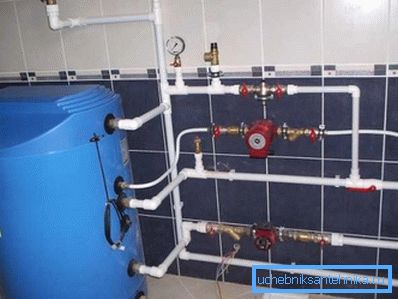
So let's start with heating.
Heating
These systems consist of the following elements:
- pipes;
- radiators;
- boiler (in the case of private houses).
Consider everything in turn.
What pipes to choose and how they are mounted
Previously, only steel lines were used for heating, which, firstly, did not look very nice, and, secondly, they quickly rusted.
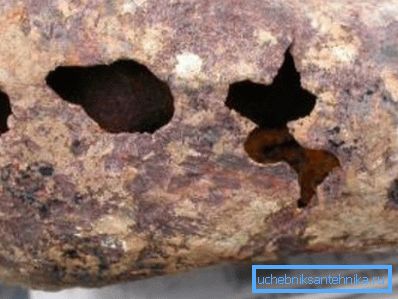
In addition, the installation of a water supply and heating system made of metal was a rather lengthy process, as a welding machine was used, which you would not work with quickly. In addition, few could cope with such an instrument with their own hands, and because of this, they had to hire an outside brigade, which, of course, was expensive.
Now the situation on the market is different - polypropylene and metal-plastic pipes are offered for laying pipelines, for the connection of which no gas or standard electric welding is required.
Polypropylene is mounted to each other with a special soldering iron:
- the ends of the pipes are inserted into the nozzles;
- plastic begins to melt;
- the edges of the pipes are removed and the elements are immediately inserted into each other.
Note! For each diameter of the pipes, there is a certain heating time, as well as extracts “with effort” when inserting the edges into each other.
That is, it turns out "monolithic" seams.
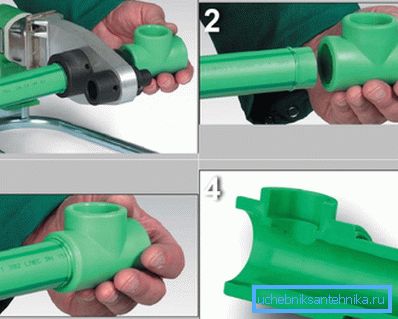
As for metal-plastic, it is sold in long coils, and if you need to make a connection, then brass or copper fittings are used for this:
- adapters;
- corners;
- cranes, etc.
Installation instructions for fittings are very simple - they are connected to the pipes using ordinary wrenches.
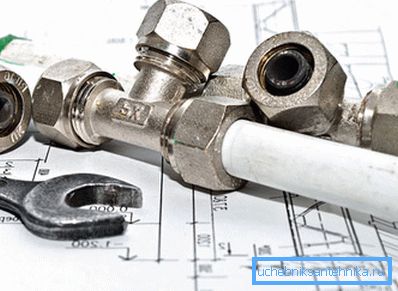
Now with regard to the choice of pipes - analyze this issue in the table below.
| Pipe Type: | Features: |
| Metal | Products are suitable in the case when you want to heat absolutely the entire perimeter of the house, and not just those areas where radiators are located. |
| Metal plastic | The material is best applied where it is necessary to frequently or severely bend the trunk. For example, it may be water heated floors. |
| Polypropylene | Best suited in situations where you want to deliver to the radiator coolant without temperature loss. In addition, the trunk of such material can be safely buried inside the wall, even if there are many connections on the line - there will be no leakage. |
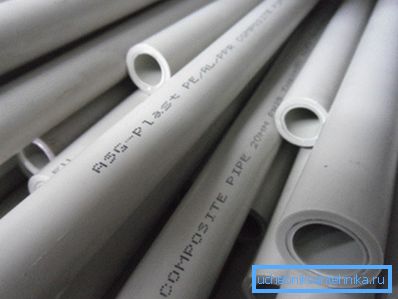
We now turn to the second element of the system.
What radiators are better
On the market now sells several types of products.
- Steel or aluminum panel devices. They are distinguished by a good level of heat exchange - that is, they heat up quickly and quickly give up the temperature inside the room, but cool down with the same speed. A good option for private homes.
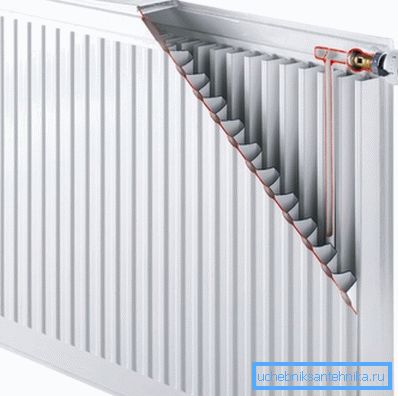
- Bimetallic devices. Represent a double metal - aluminum and steel. They have increased strength, which is why it is important to use devices in multi-apartment buildings with high pressure in highways.
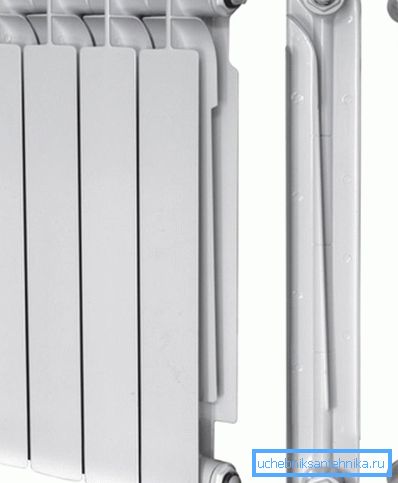
- Cast iron radiators. Products slowly cool down and therefore are able to maintain a warm temperature in the room for a long time, even if the supply of hot coolant has stopped. However, the price of devices of this type is quite high.
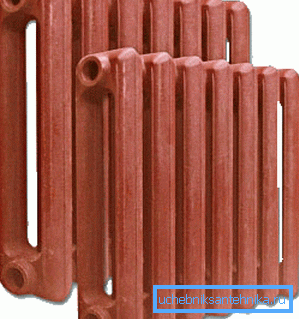
Pay attention also to the service life of radiators - steel serve 5-7 years, bimetallic about 15, well, and cast iron at least 20. In principle, this is a fairly important selection criterion, agree.
As for boilers in private houses, then in principle everything is quite simple.
- Gas appliances should be installed where there is a corresponding highway.
- Electric boilers are convenient in the case when there is no gas supply and supply of firewood.
- Solid fuel boilers and units on diesel fuel is optimal to acquire when it is possible to cheaply get such fuel. Well, by itself - this option is indispensable if there is no gas and there are frequent blackouts.
Moving on.
Water supply and sewage
Since the installation of water supply and sewage systems is in one sense the same sphere, everything is done according to the same principle, it is quite clear that the materials here are about the same.
So for the supply of water used all the same plastic or steel pipes. In principle, if we talk about the purity of water, then it is probably better to use metal-plastic for drinking liquids than plain steel. This is because steel tends to rust, and this, as you understand, has a negative effect on water quality.
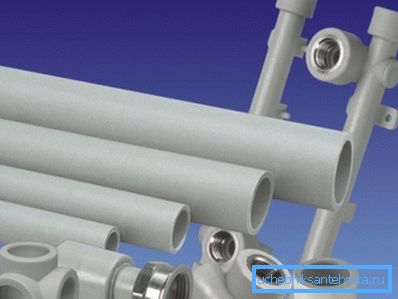
If we talk about sewage, then plastic has come to replace the iron. Its installation is quite simple - PVC pipes are simply inserted into each other. In addition, the cost of plastic products is more attractive than cast iron counterparts.
Note! Usually plastic sewage is quite noisy due to the thin walls of pipes. This unpleasant phenomenon can be eliminated if you wrap the riser with ordinary mineral wool. Just do not forget to wrap the film on top of the cotton wool so that there are no harmful mineral particles in the air.
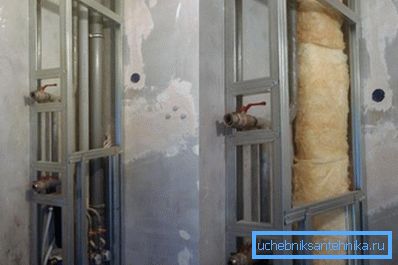
By the way, the installation of heating water supply sewer not just started to do it from plastic pipes. Corrosion is a pretty serious problem.
Because of the rust, not only water is polluted, but also growths appear on the inner walls of the pipes, which leads to blockages in the water supply and discharge pipes. And in pipes and radiators, rust layers impair heat transfer characteristics.
So modern installation of heating and water supply and sanitation is in most cases working with modern materials and technologies from plastic and its modifications.
This concludes our review, and now we can draw some conclusions.
Conclusion
We figured out that today is the installation of the heating system and water supply. That is, we considered the elements necessary for assembling the structure, and also got acquainted with the nuances of their application.
We hope that the information will be useful to you when choosing and buying materials. If you want more information, check out the thematic video at the end of this review.